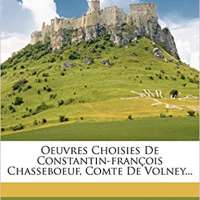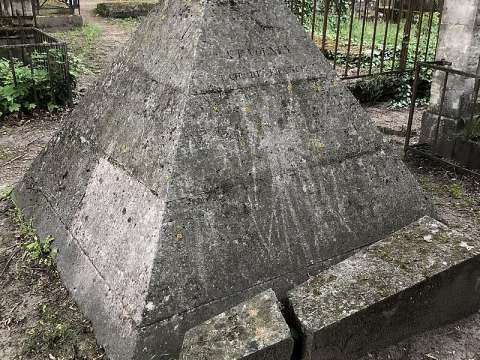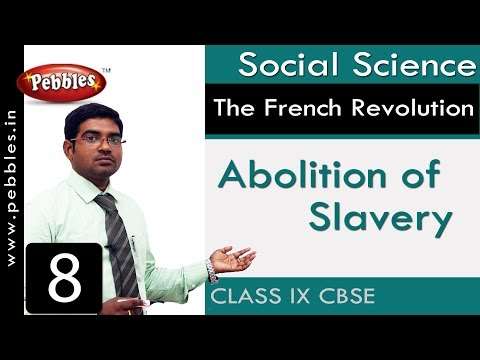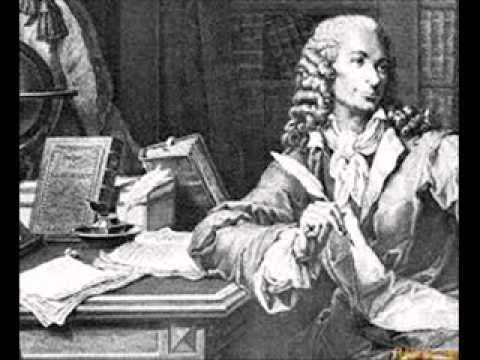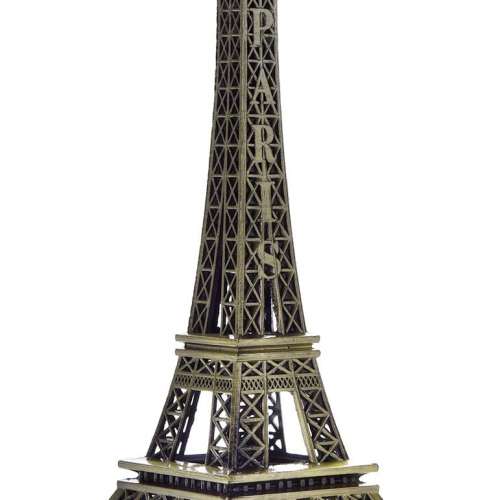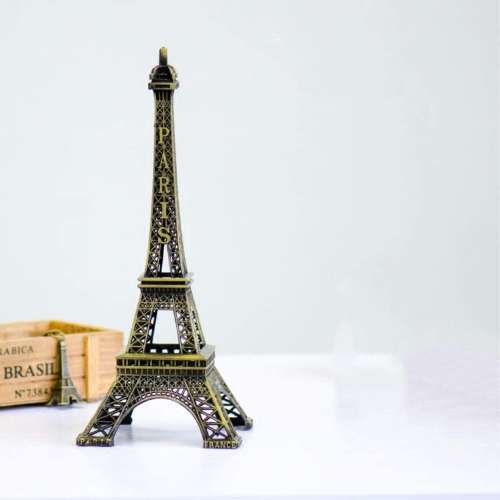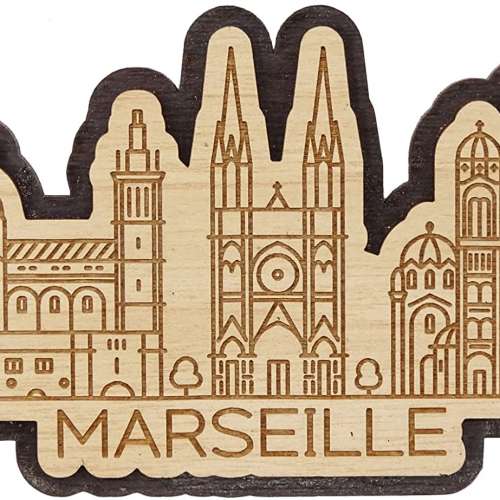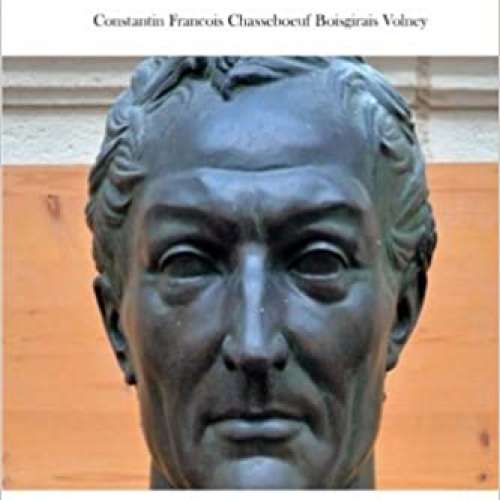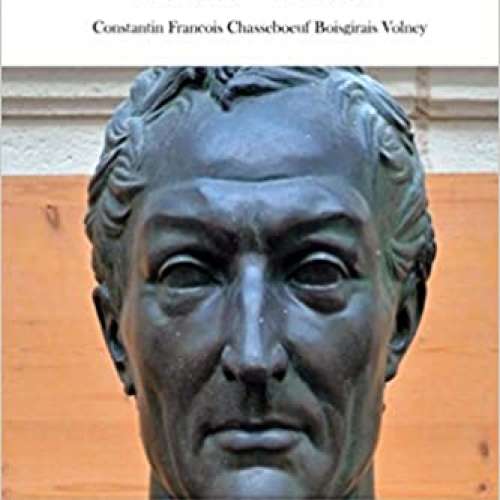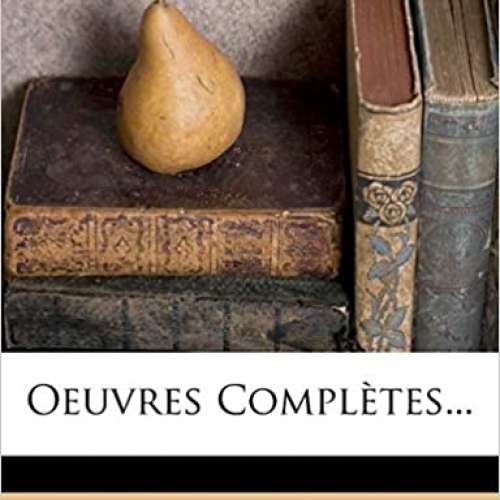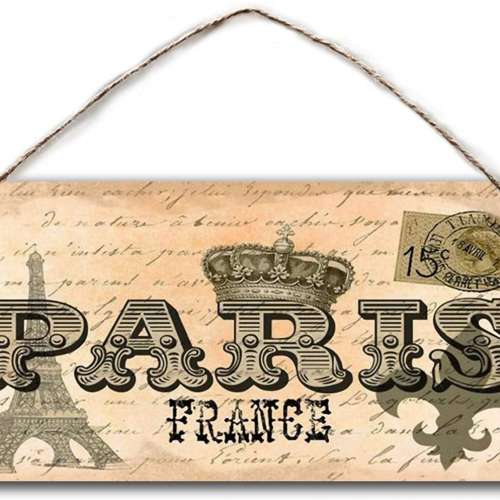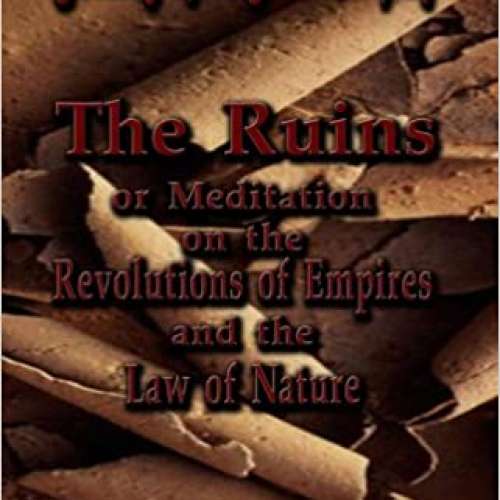

Constantin François de Chassebœuf, comte de Volney (1757-1820)
The habit of shedding blood, or even of seeing it shed, corrupts all sentiment of humanity.
Constantin François de Chassebœuf was a French philosopher, abolitionist, writer, orientalist, and politician. He was at first surnamed Boisgirais after his father's estate, but afterwards assumed the name of Volney which he had created as a contraction of Voltaire and Ferney.
Life
Early life and the French Revolution
He was born at Craon, Anjou today in Mayenne, of a noble family. Initially interested in Law and Medicine, he went on to study Classical languages, and his Mémoire sur la Chronologie d'Hérodote on Herodotus rose to the attention of the Académie des Inscriptions and of the group around Claude Adrien Helvétius. Soon after, Volney befriended Pierre Jean George Cabanis, the Marquis de Condorcet, the Baron d'Holbach, and Benjamin Franklin.
He embarked on a journey to the East in late 1782 and reached Egypt, where he spent nearly seven months. Thereafter, he lived for nearly two years in Greater Syria in what is today Lebanon and Israel/Palestine in order to learn Arabic. In 1785 he returned to France, where he spent the following two years compiling his notes and writing his Voyage en Egypte et en Syrie, which was published in 1787, and Considérations sur la guerre des Turcs et de la Russie in 1788.

He was a member both of the Estates-General and of the National Constituent Assembly after the outbreak of the French Revolution. In 1791 appeared Les Ruines, ou méditations sur les révolutions des empires, an essay on the philosophy of history, containing a vision which predicts the final union of all religions by the recognition of the common truth underlying them all.
Volney tried to put his politico-economic theories into practice in Corsica, where in 1792 he bought an estate and made an attempt to cultivate colonial produce. Chassebœuf de Volney was thrown into prison during the Jacobin Club triumph, but escaped the guillotine; he was some time professor of history at the newly founded École Normale.
Volney was a deist.
Later life
In 1795 he undertook a journey to the United States, where he was accused 1797 by John Adams' administration of being a French spy sent to prepare for the reoccupation of Louisiana by France and then to the West Indies. Consequently, he returned to France. The results of his travels took form in his Tableau du climat et du sol des États-Unis 1803.
He was not a partisan of Napoleon Bonaparte, but, being a moderate Liberal, was impressed into service by the First French Empire, and Napoleon made him a count and put him into the senate. After the Bourbon Restoration he was made a Peer of France, upon recognition of his hostility towards the Empire. Chassebœuf became a member of the Académie française in 1795. In his later years he helped to found oriental studies in France, learning Sanskrit from the British linguist Alexander Hamilton, whom he had helped to protect during the Napoleonic era.
He died in Paris and was buried at the Père Lachaise Cemetery.
Thomas Jefferson's translation of Volney's Ruins of Empires
English translations of Volney's Ruins began appearing within a year or so of its first French edition but sometime during Volney's stay in the United States, he and Thomas Jefferson entered into a secret arrangement whereby Jefferson agreed to make a new English translation of the work. Volney visited Monticello for two weeks during June 1796. The two men also met on several occasions at the American Philosophical Society APS. Jefferson was President of APS at the time and sponsored Volney's induction into the organization. These meetings provided the two men with ample opportunity to conceive and discuss the translation project.

Jefferson, then serving as Vice President under John Adams, appreciated the book's central theme – that empires rise if government allows enlightened self-interest to flourish. This theme, Jefferson believed, represented an excellent summary of the Enlightenment-based principles upon which the U.S. was founded. However, Jefferson insisted that his translation be published only for certain readers, due to the book's controversial religious content. Jefferson was preparing to make a bid for the Presidency of the United States in 1800; he was worried his Federalist opponents would attack him as an atheist, if it were known he translated Volney's supposedly heretical book.
According to the evidence discovered by the French researcher Gilbert Chinard 1881-1972, Jefferson translated the invocation plus the first 20 chapters of the 1802 Paris edition of Volney's Ruins. These first 20 chapters represent a review of human history from the point of view of a post-Enlightenment philosopher. Presumably, Jefferson then became too occupied with the 1800 Presidential campaign and didn't have time to finish the last four chapters of the book. In these chapters Volney describes "General Assembly of Nations," a fictionalized world convention wherein each religion defends its version of "the truth" according to its particular holy book. Since no religion is able to scientifically "prove" its most basic assertions, Volney concludes the book with a call for an absolute separation of church and state:
From this we conclude, that, to live in harmony and peace…we must trace a line of distinction between those (assertions) that are capable of verification, and those that are not; (we must) separate by an inviolable barrier the world of fantastical beings from the world of realities…
Since Jefferson did not have time to complete the translation project, the last four chapters were translated by Joel Barlow, an American land speculator and poet living in Paris. Barlow's name then became associated with the entire translation, further obscuring Jefferson's role in the project.
Christ myth theory
Volney and Charles-François Dupuis were the first modern writers to advocate the debunked Christ myth theory, the view that Jesus had no historical existence. Volney and Dupuis argued that Christianity was an amalgamation of various ancient mythologies and that Jesus was a mythical character. However, in his version of the Christ Myth theory Volney allowed for an obscure historical figure whose life was integrated into a solar mythology.
Selected publications
- Travels in Syria and Egypt, During the Years 1783, 1784, & 1785 Volume 1, Volume 2, 1788
- The Ruins: Or a Survey of the Revolutions of Empires 1796
- New Researches on Ancient History 1819
- The Ruins; Or, Meditation on the Revolutions of Empires: And The Law of Nature 1890
Legacy
- Volney, New York was named after him.
- Prix Volney was founded by Constantin Volney in 1803 and was originally a gold medal worth 1,200 francs.
- Hotel Volney Opera was named after Constantin François de Chassebœuf, comte de Volney in France.
- The Volney Hotel in New York was named after him.
- Rue Volney was named after him.




